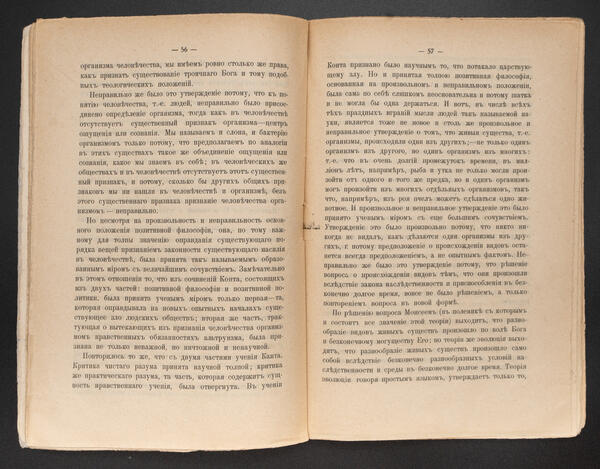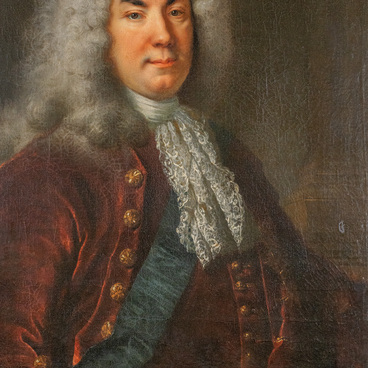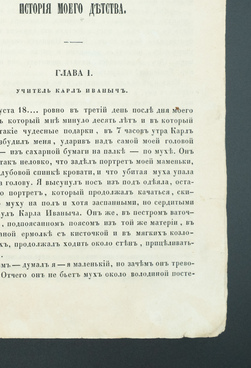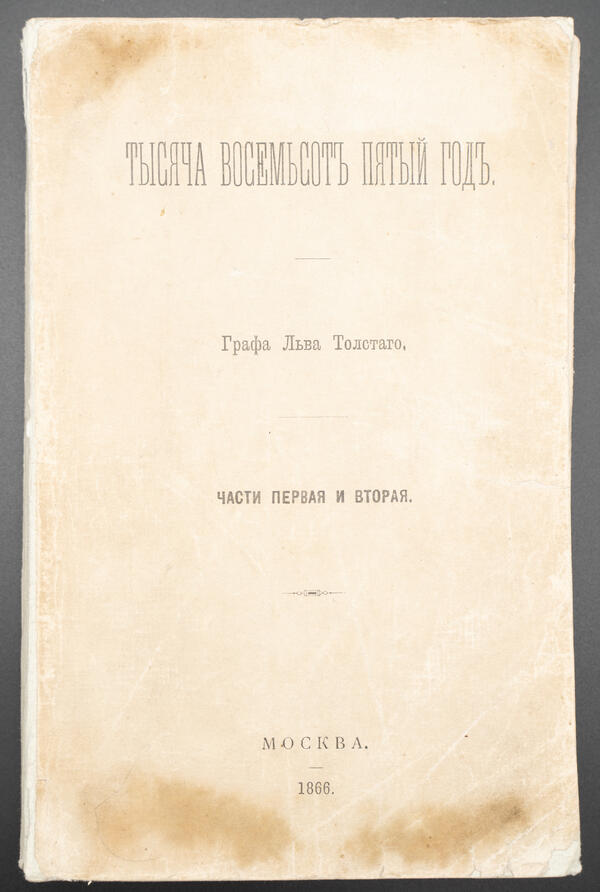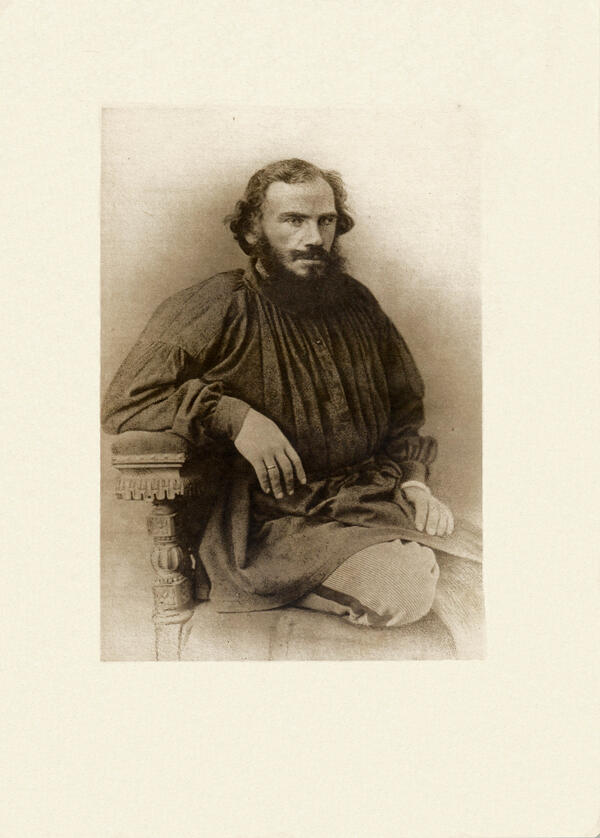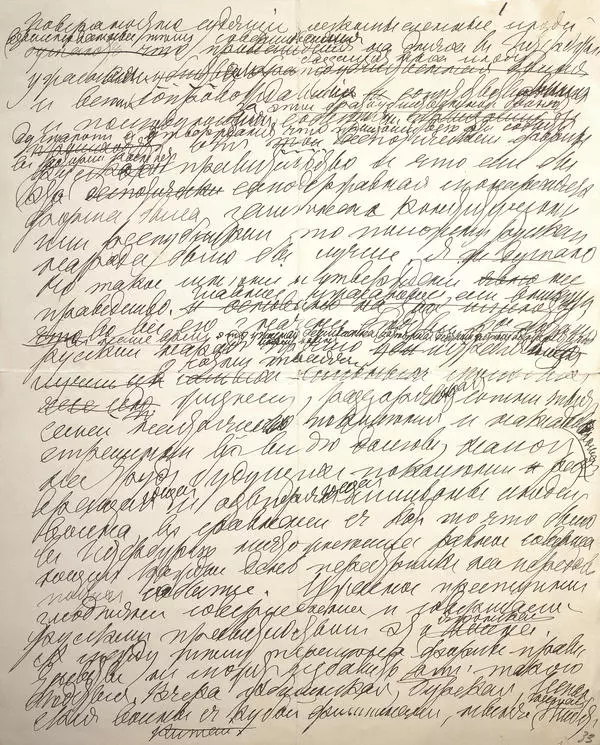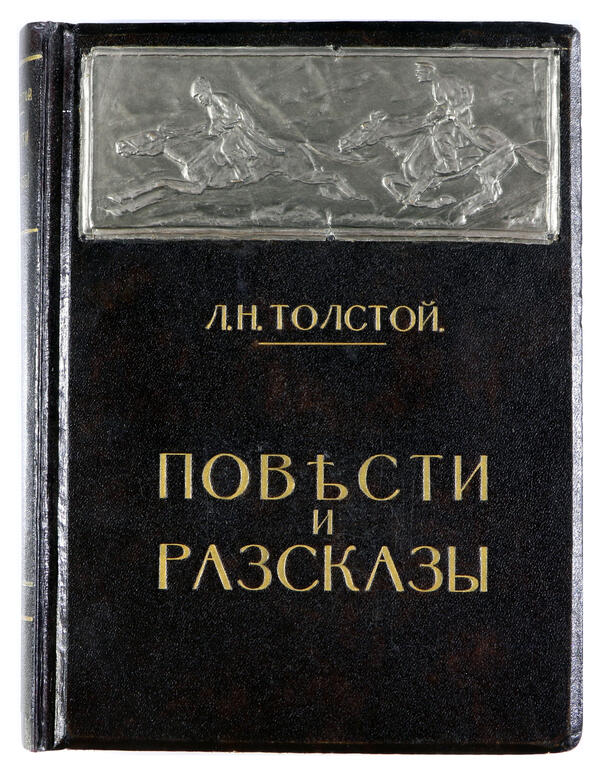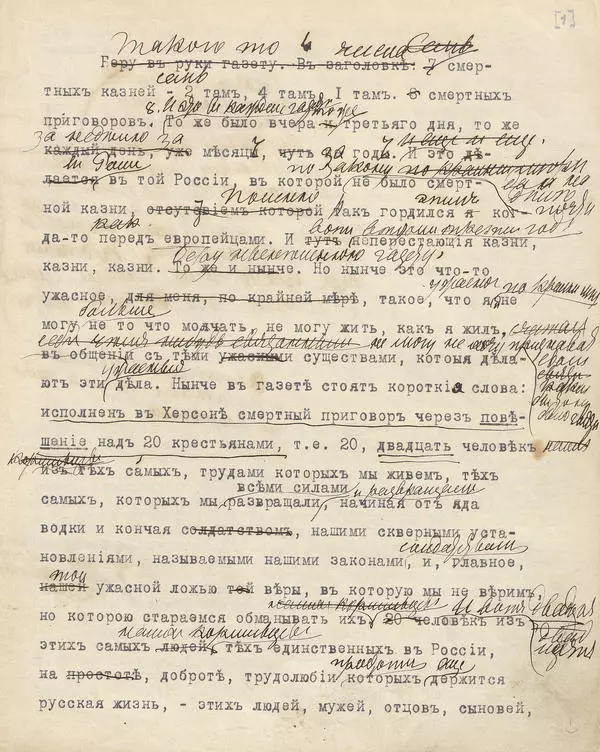“What is to Be Done?” is an article by Leo Tolstoy, his most significant work dedicated to social and economic issues. He worked on the treatise for four years, from 1882 to 1886. To change the state system, Tolstoy proposed a path of personal self-improvement, a way to improve not the life of society as a whole, but the destinies of individuals.
As Tolstoy wrote, “mankind seems to be occupied with commerce, treaties, wars, sciences, arts; and yet for them one thing only is important, and they do only that, — they are elucidating those moral laws by which they live.” It was these moral laws that prompted Tolstoy to take up hard physical labor himself for the benefit of the people and stop exploiting the exploited.
“It was by this roundabout way that I arrived at the inevitable conclusion to which the Chinese arrived some thousand years ago, and which they express thus: ‘If there is one idle man, there must be another who is starving.’” Tolstoy wrote in his article that he had found the optimal combination of physical, mental work and rest. He “thought that it would be the best thing so to arrange the occupations of the day that one might be able to exercise all these four faculties <…> which one makes use of; so that the four parts of the day were devoted, first, to hard labor; secondly, to mental labor; thirdly, to handicraft; fourthly, to the communication with other people.”
Tolstoy’s appeals are quite utopic and full of faith that the existing unfair system can actually be changed. These appeals were heard by many representatives of the Russian intelligentsia. Leo Tolstoy awakened the conscience of people and forced them to reconsider their usual, established views on life. It was under the influence of the treatise “What is to Be Done?” that many young people began to create Tolstoy communes, left for the countryside and sought to help the distressed people in the city. This work describes the characteristic features of Tolstoy’s philosophy: sincerity, thirst for truth, the desire to change oneself and the world in line with one’s ideals.

